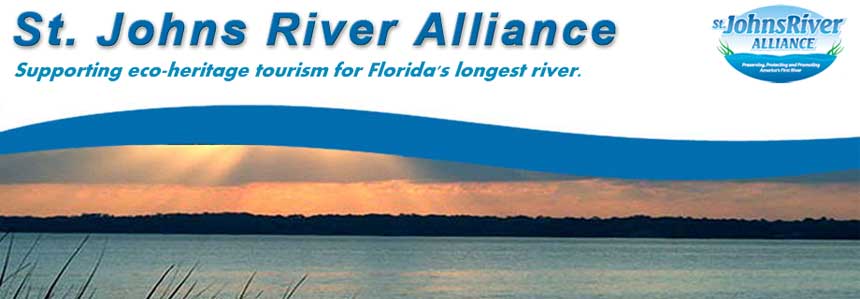Will
Experts say excess demand might sap the water that now bubbles out of springs in rural
By, Steve Patterson
For Jacksonville.com
on Saturday, September 26, 2009
-------------------------------------------------------------
Generations of tourists in
That ended decades ago. Wells drilled around the speck of a town on the
Today, people in inland North Florida are wondering whether rivers and more springs could someday face similar damage from a new generation of pumping farther away - in
"White Springs kind of leads you into the whole water supply issue in
"At least in the future, there could be significant impacts. ... [With] what's happened up to this point, are we looking at the beginning of those effects?"
State agencies are taking a closer a look at that.
Herd's office and the St. Johns River Water Management District will spend the next few months analyzing how water use in
Their main question is how that will affect plants and wildlife around the
Early forecasts suggested that by 2030, Jacksonville-area demand could suck down aquifer levels anywhere from one to three feet near the
That forecast is on top of the demand that will come from people actually living in those areas, who use water for farming and mining as well as in their homes and shops.
Although
"We're getting too close to a tipping point that can radically change an ecosystem," said Rob Brinkman, chairman of the Sierra Club's Gainesville-area group.
"The water we're using is having an effect on how much water is coming out of the springs, and that affects the water quality."
On the
If water agencies decide the
Deciding whether that's necessary will mean finding out how sensitive different springs and sections of river are, because the same change in the aquifer can affect two places very differently, Canepa said.
A new forecast that factors water use from both districts and new estimates of slower population growth should be ready early next year, he said.
"Right now, we don't think that there's an issue," Canepa said. "But the jury is still out."
Proving what causes changes at any one spring can be complicated, and some changes have nothing to do with anyone in
At Worthington Springs in
But Brinkman said the big issue is less about whether one town is affecting another than whether Floridians are taking care of their water supply.
"The problem in
If people learned to conserve water better, he said, "we could get to the point where
steve.patterson@jacksonville.com, (904) 359-4263
http://jacksonville.com/news/metro/2009-09-26/story/will_jacksonvilles_water_woes_spread_across_north_florida
